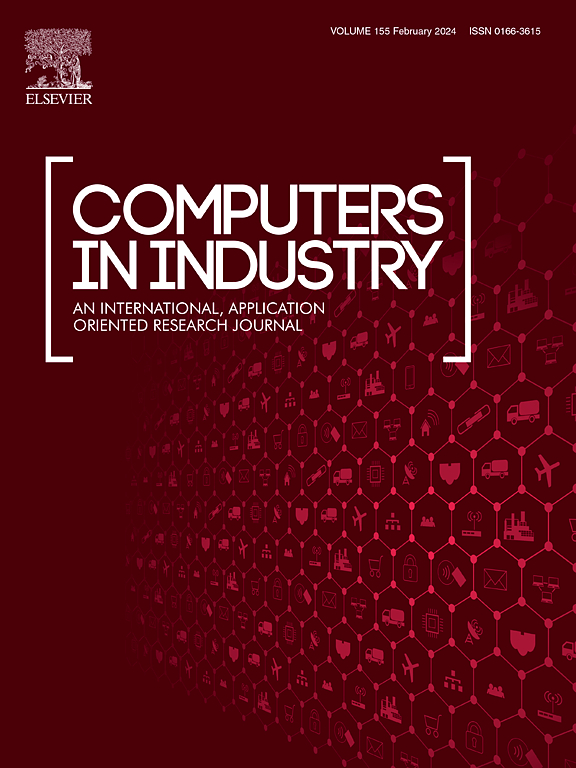Domain ontology to integrate building-integrated photovoltaic, battery energy storage, and building energy flexibility information for explicable operation and maintenance
IF 8.2
1区 计算机科学
Q1 COMPUTER SCIENCE, INTERDISCIPLINARY APPLICATIONS
引用次数: 0
Abstract
Building-integrated photovoltaics (BIPV) incorporated with battery energy storage (BES) and building energy flexibility (BEF) system is nowadays increasingly prevalent. During the operation and maintenance (O&M) of BIPV, BES, and BEF, various knowledge is contained and generated. This highlights information interaction among systems and the demand for incorporating diverse domain knowledge. However, these systems remain relatively isolated during O&M and suffer from inadequate machine-readable knowledge representation. In the era of semantic web technology, ontology-based methods are promising to integrate heterogeneous information. This study developed a domain ontology named “BIPV-BES-BEF” to integrate BIPV, BES, and BEF O&M information by enriching ontology semantics through relevant standards and leveraging existing ontology resources. In the process ontology construction, classes associated with BIPV, BES, and BEF were initially identified from relevant ontologies based on concepts in authorized codes. The classes with high cosine similarity within these recognized classes were subsequently integrated. Concepts and rules concerning the O&M of BIPV, BES, and BEF from relevant standards were then incorporated to the ontology and semantic web rules. The resulting ontology consists of a total of 2595 axioms and 649 classes, encompassing comprehensive concepts related to BIPV, BES, and BEF components, system specifics, assessment criteria, as well as O&M elements. The built ontology was assessed to be coherent and capable of reasoning through the built knowledge. This study contributes to an ontology purposing BIPV, BES, and BEF O&M, highlighting the potential of ontology-based approaches in BIPV, BES, and BEF data integration and knowledge inference.
求助全文
约1分钟内获得全文
求助全文
来源期刊

Computers in Industry
工程技术-计算机:跨学科应用
CiteScore
18.90
自引率
8.00%
发文量
152
审稿时长
22 days
期刊介绍:
The objective of Computers in Industry is to present original, high-quality, application-oriented research papers that:
• Illuminate emerging trends and possibilities in the utilization of Information and Communication Technology in industry;
• Establish connections or integrations across various technology domains within the expansive realm of computer applications for industry;
• Foster connections or integrations across diverse application areas of ICT in industry.
 求助内容:
求助内容: 应助结果提醒方式:
应助结果提醒方式:


